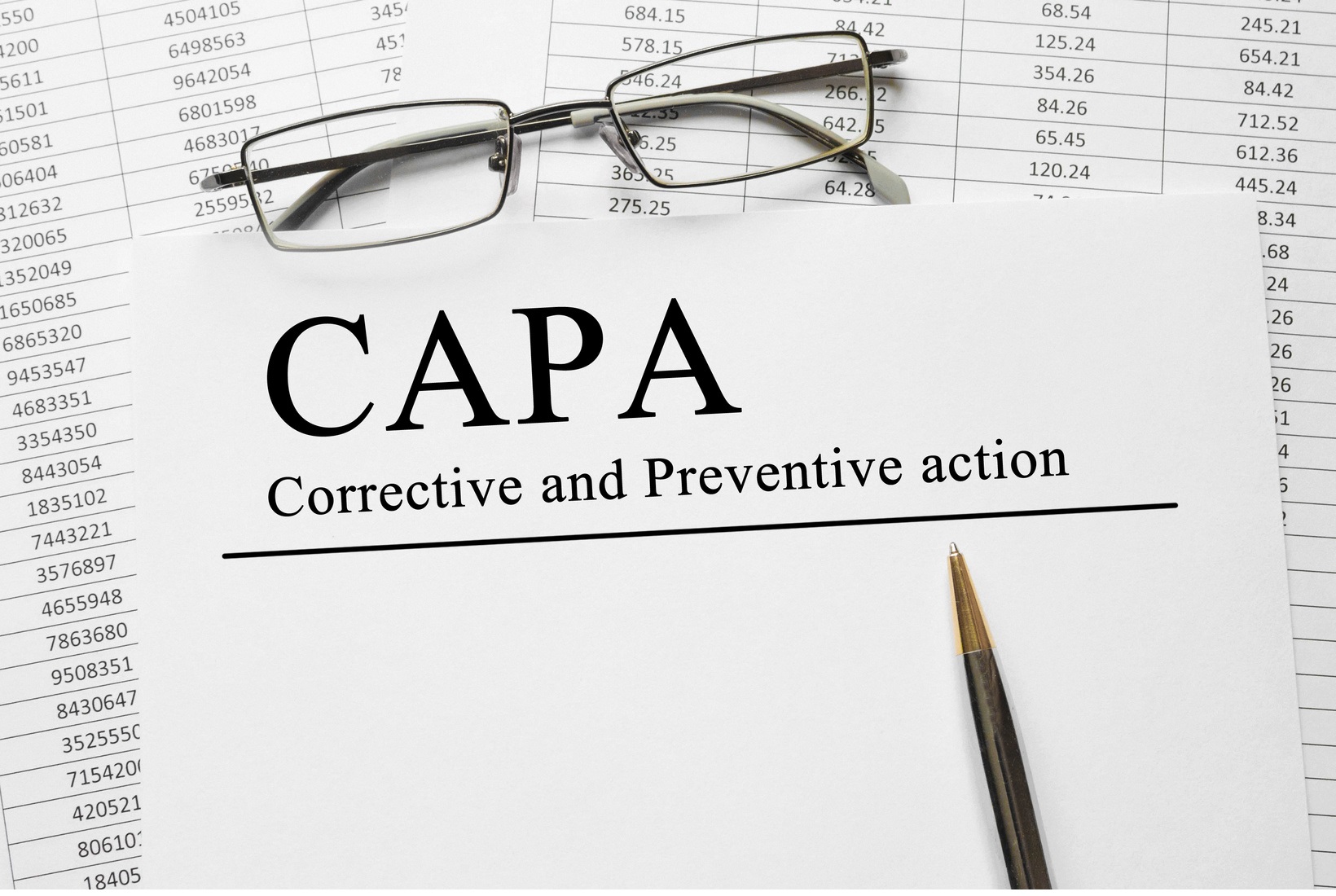
Revision of the EU GMP Guide – Annex 17 (Part II)
- 23 August 2018
- Annex 17, batch, CAPA, change, CoA, control, control strategy, decision, deviation, EC, finished product, GMP, MA, parametric release, PAT, pharmaceutical development, PQS, predictor, program, QbD, QRM, release, RTRT, strategy,
Recently, the European Commission published a revised version of Annex 17: Real Time Release Testing and Parametric Release of the EU GMP Guide. The new annex will come into operation on 26 December 2018.
We have already informed on our website about a consultation document on Annex 17: Real Time Release Testing, published by European Commission (EC) for public consultation in September 2015.
The newly published revised version of Annex 17 has not been significantly changed comparing to the consultation document. It should be noted however that the previous wording of RTRT master plan has been changed to RTRT strategy.
The guideline determines minimum criteria which are expected to be established and met when designing the RTRT strategy:
- Real time measurement and control of relevant in-process material attributes and process parameters should be accurate predictors of the corresponding finished product attributes.
- The valid combination of relevant assessed material attributes and process controls to replace finished product attributes should be established with scientific evidence based on material, product and process knowledge.
- The combined process measurements (process parameters and material attributes) and any other test data generated during the manufacturing process should provide a robust foundation for RTRT and the batch release decision.
Additionally, RTRT strategy should be integrated and controlled through the Pharmaceutical Quality System (PQS), consisting of:




quality risk management, including a full process related risk assessment
change control program
control strategy
specific personnel training program
qualification and validation policy
deviation/CAPA system
contingency procedure in case of a process sensor/equipment failure
periodic review/assessment program to measure the effectiveness of the RTRT plan for continued assurance of product quality
Finally, when RTRT has been approved, this approach should be routinely used for batch release. In the event that the results from RTRT fail or are trending toward failure, a RTRT approach may not be substituted by end-product testing. Any failure should be thoroughly investigated and considered in the batch release decision depending on the results of these investigations, and must comply with the content of the marketing authorisation and GMP requirements. Trends should be followed up appropriately.
Attributes (e.g. uniformity of content) that are indirectly controlled by approved RTRT should still appear in the Certificate of Analysis for batches. The approved method for end-product testing should be mentioned and the results given as “Complies if tested” with a footnote: “Controlled by approved Real Time Release Testing”.
Source: EC, EMA




